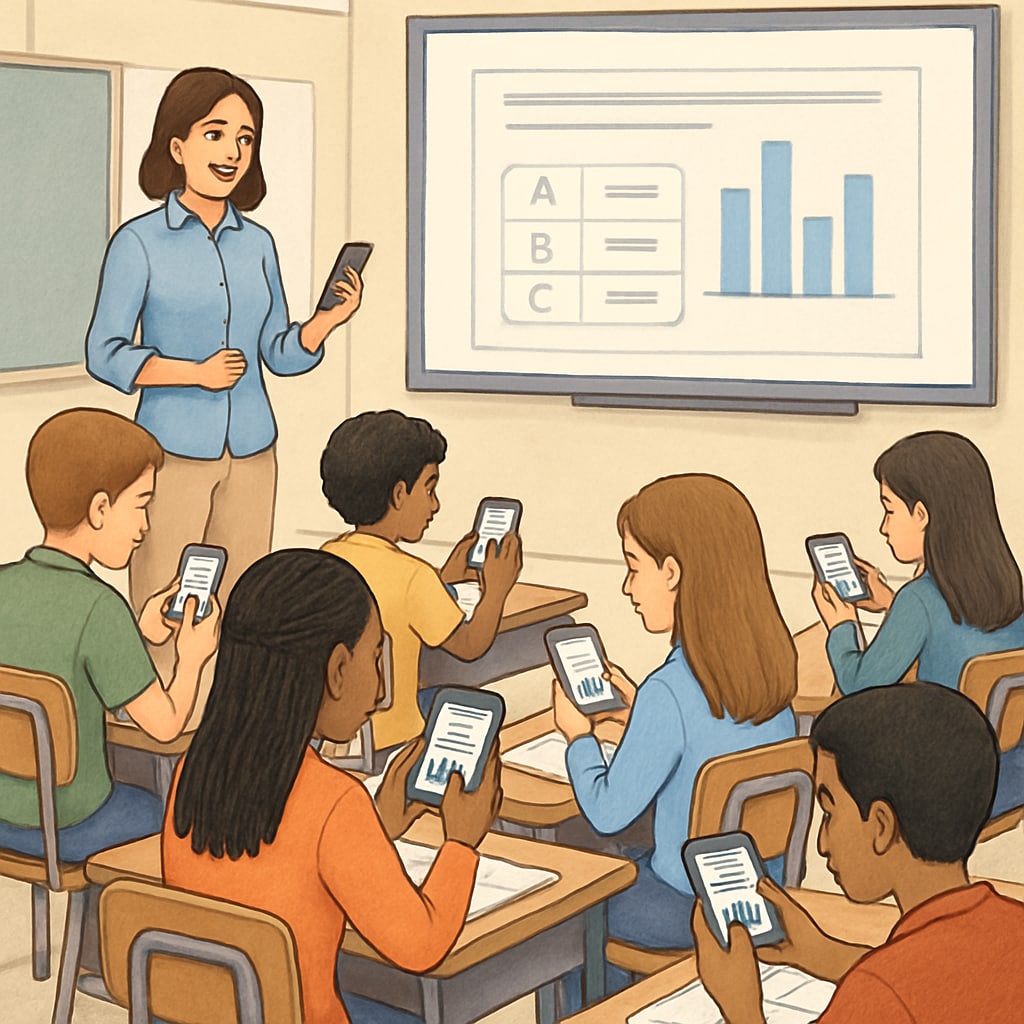In recent years, smartphone bans in state schools have become a hot topic, with policymakers striving to address concerns around school safety, educational resources, and student focus. These policies, aimed at minimizing distractions and fostering a conducive learning environment, have sparked debates among educators, parents, and students. While the intention behind such bans is commendable, the question remains: is a comprehensive ban the ultimate solution, or can a more flexible approach yield better results?
The Pros and Cons of Smartphone Bans in Schools
Smartphone bans in schools are often justified by the need to enhance student focus and reduce distractions in classrooms. Research indicates that excessive smartphone use can negatively impact attention spans and academic performance. For example, a study published by the Britannica highlights the correlation between reduced screen time and improved cognitive function.
Moreover, proponents argue that banning smartphones promotes healthier social interactions among students, as they are encouraged to engage in face-to-face communication. Schools can also benefit from heightened security, as restricting phone usage reduces the risk of cyberbullying and inappropriate content sharing during school hours.
However, such bans are not without drawbacks. Smartphones serve as valuable educational tools, offering access to online resources, interactive learning platforms, and collaborative tools. Completely eliminating them might hinder innovative teaching methods and limit students’ exposure to digital literacy, a crucial skill in the modern world. Furthermore, smartphones can be critical for emergency communication, especially for parents and guardians wishing to stay connected with their children.

Alternative Approaches to Smartphone Management
Instead of a blanket ban, schools might consider implementing flexible policies that balance the benefits and drawbacks of smartphone usage. Here are several alternative approaches:
- Designated Smartphone Zones: Schools can create specific areas where students are allowed to use their phones, such as during breaks or before and after class.
- Time-Based Restrictions: Limiting smartphone use to non-instructional hours ensures that they do not interfere with academic activities.
- Educational Integration: Teachers can incorporate smartphones into lessons, using apps and tools for interactive learning while maintaining control over their usage.
- Parental Monitoring Apps: Encouraging parents to install monitoring apps can help track usage and ensure responsible behavior both in and out of school.
These approaches aim to foster responsible smartphone use while preserving their educational benefits. For example, integrating technology into lessons can make subjects more engaging, as supported by research from Wikipedia.

Finding the Balance Between Policy and Practice
Ultimately, the key to effective smartphone management lies in striking a balance between control and flexibility. Schools should aim to educate students on responsible technology use rather than enforcing strict bans that might lead to unintended consequences. Open communication between schools, parents, and students can help create policies that are both practical and beneficial.
In conclusion, while smartphone bans in state schools address legitimate concerns about distractions and safety, they also risk overlooking the potential benefits of technology in education. By adopting alternative management strategies, schools can ensure that students remain focused while gaining access to valuable educational resources and maintaining necessary communication channels. Such balanced policies not only enhance the learning experience but also prepare students for the digital demands of the future.
Readability guidance: This article uses short paragraphs, lists, and concise sentences to improve readability. Transition words like “however,” “in addition,” and “as a result” are distributed throughout to ensure smooth flow. Passive voice is kept to a minimum, emphasizing active language.


